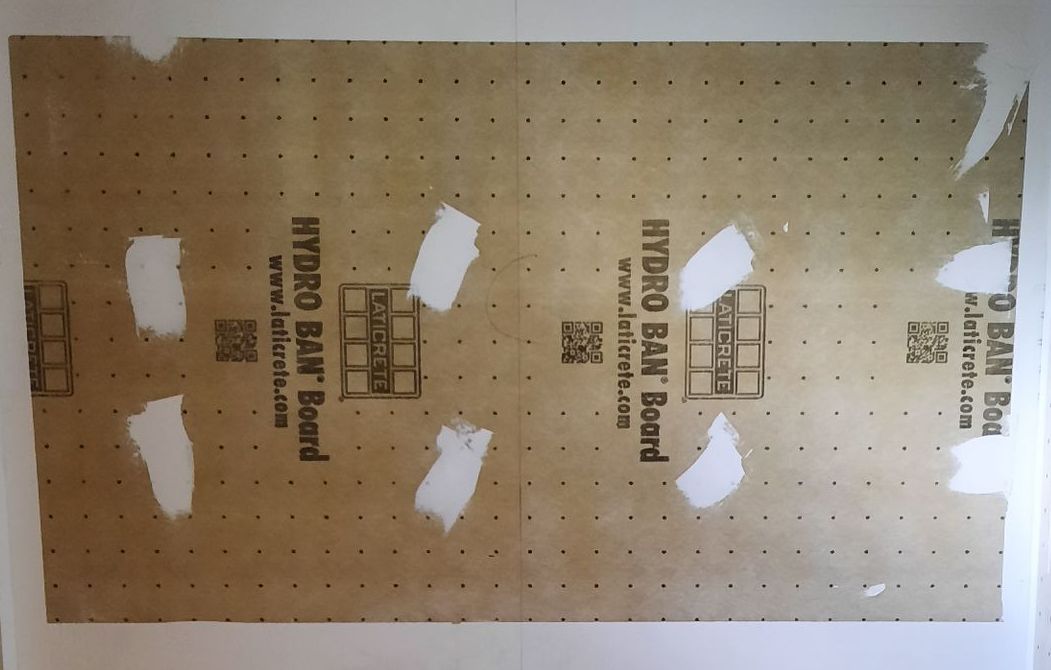Shower Waterproofing Basics
What's best for your shower?

So you've decided upon a tile shower. Now, how much thought have you given to what's behind the tile? As most people know, tile itself is very resistant to water exposure. Where waterproofing becomes important is protecting the building materials and the rest of the structure from the water that seeps through the tile assembly. A lack of proper waterproofing in wet areas leads to degrading adjacent building materials, which then cause failure of the tile installation.
There are 3 basic types of waterproofing for tiled walls we will discuss here. Liquid membranes, sheet membranes, and waterproof backer boards.
Liquid waterproofing membranes can be rolled or brushed onto suitable substrates to waterproof your installation. While installation is straightforward, it's important to carefully follow manufacturer's instructions to ensure proper performance. Widely used, and a good choice in some situations. Lower upfront cost for material but installation and wait times are longer.
Sheet membranes come on rolls of various sizes and can be trimmed to fit or overlapped as required. Pre-folded pieces are required for overlapping corners properly. The sheet membrane is directly bonded to the wall with thinset mortar. Both sheet and liquid membranes can be applied to any substrate suitable for shower walls such as, cement board, drywall, glass-mat board, etc. Sheet membranes offer better protection than most liquid membranes, higher upfront cost, less wait time.
Waterproof backer boards (WPBB) come from the factory already waterproof. In this case, you're only worried about waterproofing seams and not the entire assembly. Another bonus of WPBB is that in most cases all surfaces and the core of the board are also waterproof. The seams and fasteners are finished with a sealant or with sheet membrane as required by the manufacturer, and you're ready to tile almost right away. WPBBs have a higher upfront cost, less wait time, better protection and require less labour than both sheet or liquid membranes.
Each choice has it's pros and cons. We recommend going with the best protection if you feel it's worth the extra cost. That being said, when properly installed any of these options will give you a long lasting installation.
